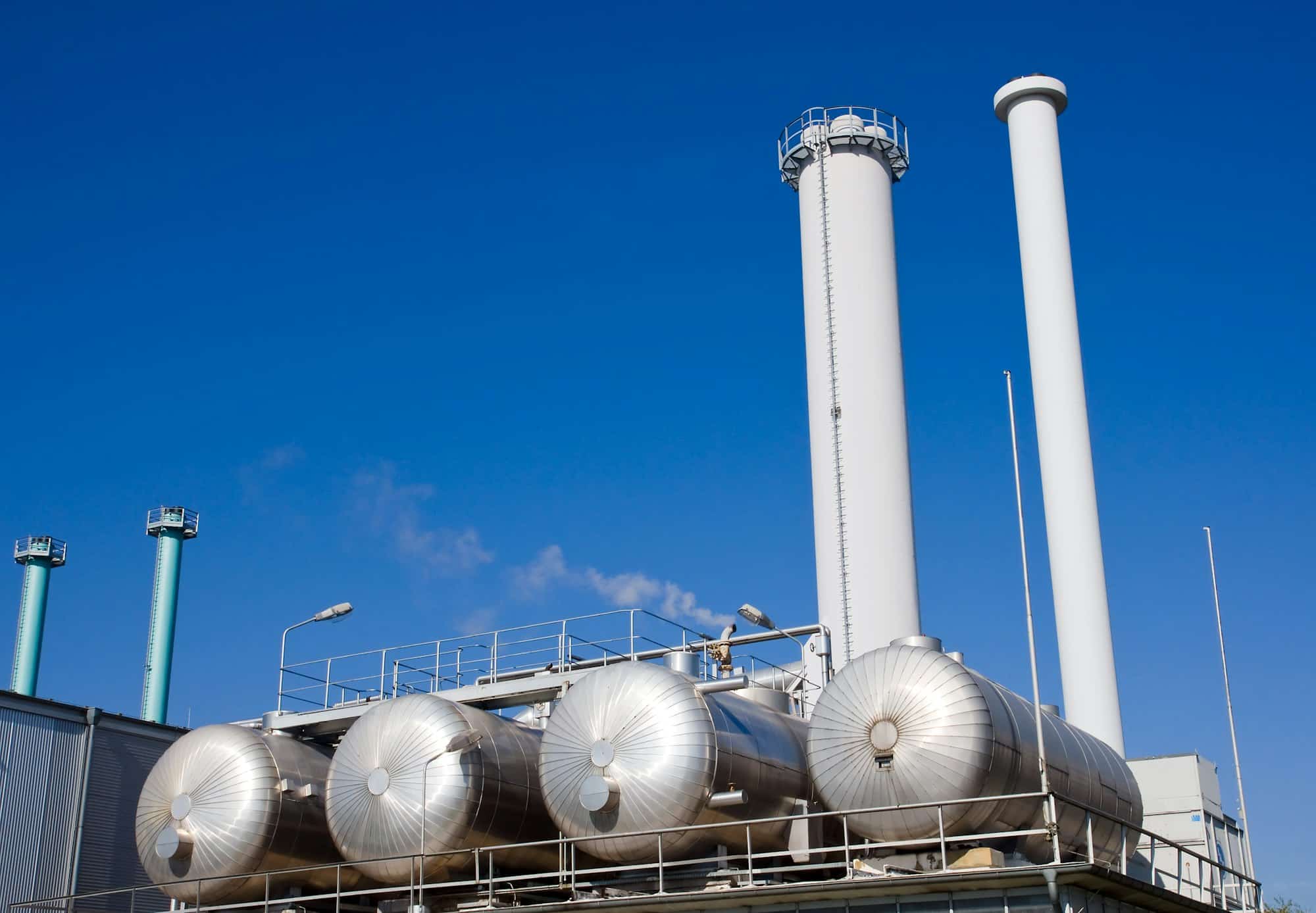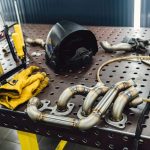Carburetor tuning is an essential element of motorcycle maintenance, particularly important for those riders who navigate varying altitudes. Whether you’re taking your Yamaha XT500 for a scenic mountain ride or cruising down to sea level, you will need to adjust your carburetor settings to ensure optimal power and fuel efficiency. This article will guide you through the process of optimizing your Yamaha XT500’s carburetor for altitude changes. We’ll also delve into some miscellaneous tips and tricks to keep your ride smooth and your engine purring like a kitten.
Understanding Carburetors and Altitude Shifts
Before we proceed, it’s crucial to understand why these adjustments are necessary. The carburetor works by mixing fuel and air to create the optimal environment for engine combustion. When you change altitude, the air density changes. This means the amount of air drawn into the carburetor during each engine cycle can increase or decrease.
Also to read : What is the best technique for cleaning and oiling the air filter on a KTM 690 Enduro R?
As you ascend, the air becomes less dense, meaning the bike will start running rich – that is, more fuel than necessary is being combusted. Conversely, when descending, the air is denser, so the bike may run lean, where not enough fuel is burned. Both scenarios can lead to reduced power and fuel efficiency, and in the worst cases, damage to the engine.
Optimizing carburetor settings for altitude changes is akin to a high-wire balancing act. You will want to adjust your fuel-to-air ratio to ensure smooth, powerful operation at any height.
This might interest you : Essential Considerations for Successfully Installing a Turbo Kit on Your Kawasaki ZX-14R
Tools of the Trade
Before adjusting your Yamaha’s carburetor, it’s crucial to gather the necessary tools. You’ll need a set of screwdrivers, a jet kit containing various sized jets, and a tachometer to measure engine RPM. It’s also helpful to have a service manual specific to your Yamaha XT500 model.
When selecting the right jet, remember that a larger number means a larger hole, allowing more fuel to mix with the air. This is useful when descending to lower altitudes. Conversely, a smaller jet number reduces fuel flow, which helps when climbing higher.
Adjusting the Idle Mixture Screw and Main Jet
The first adjustments you’ll make are to the idle mixture screw and the main jet. The idle mixture screw adjusts the amount of fuel-air mixture during idle, while the main jet controls the fuel flow at full throttle.
Start by warming up your engine to operating temperature. Then, slowly turn the idle mixture screw in a clockwise direction until the engine begins to stumble, indicating it’s running lean. Back the screw out until you find the maximum RPM on your tachometer. This is your optimal idle setting.
Adjusting the main jet requires more of a trial-and-error approach. Start with the jet size recommended by your service manual or jet kit instructions. Ride your bike, adjusting the jet size up or down based on performance. If you’re experiencing lack of power or difficulty reaching top speeds, you may need to adjust the jet size.
Fine-Tuning the Needle Height
The next step in optimizing your Yamaha XT500’s carburetor for altitude shifts is to adjust the needle height. The needle regulates the amount of fuel in the mid-range throttle.
Many bikes, including the Yamaha XT500, have needles with notches that allow for easy adjustment. To lean out the mid-range, lower the needle by raising the clip. If your bike is running rich, raise the needle by lowering the clip. Again, you’ll need to experiment to find the optimal setting.
Ensuring Optimal Air Flow
The final step is to ensure optimal air flow. This involves adjusting the air box and exhaust. For higher altitudes, you may need to restrict the air box to reduce the amount of air entering the carburetor. Conversely, at lower altitudes, you might need to open up the air box. Similarly, adjusting the exhaust can help optimize performance. A more open exhaust allows more air to exit the engine, which can help when running rich.
Miscellaneous Tips and Tricks
During this process, always remember to make adjustments incrementally and test ride your Yamaha XT500 after each change. This will allow you to gauge the impact of each adjustment and fine-tune as necessary.
Also, bear in mind that other factors can affect your carburetor’s performance. These include humidity, temperature, and the condition of your bike’s engine and fuel system. Regular maintenance and check-ups can ensure these do not interfere with your carburetor tuning efforts.
In the end, the goal is to achieve a smooth, powerful ride and efficient fuel consumption, regardless of the terrain or elevation. By understanding and properly adjusting your Yamaha XT500’s carburetor, you will ensure your bike performs to its full potential, giving you the freedom to explore the open road without worry.
Introducing Additional Components: Engine Parts and Air Filters
As we continue our journey into carburetor optimization, we must not overlook the importance of other engine parts and air filters. These can also significantly influence the carburetor’s performance, especially under changing altitudes.
Firstly, the stabilizer brace or fork stabilizer has an impact on the overall performance of the Yamaha XT500. This part connects the front forks to prevent independent movement, ensuring improved stability and tire traction. Thus, having a properly functioning stabilizer brace is vital for optimal performance.
Furthermore, investing in quality fork springs can significantly enhance your motorcycle’s responsiveness to altitude changes. Fork springs operate to counterbalance the motorcycle weight shifts, providing control and stability. If the springs fork is not functioning correctly, it can lead to decreased bike control and impact the carburetor settings’ efficiency.
Air filters, too, play a pivotal role in the carburetor’s performance. The air filter prevents dust and debris from entering the intake manifold and reaching the carburetor. A clean air filter ensures a consistent and optimal flow of air into the carburetor, which is crucial at changing altitudes. Regularly checking and replacing your air filter can therefore contribute to the overall effectiveness of your carb tuning efforts.
Understanding Fuel Injection and Main Fuel System
As we delve deeper into the mechanics of the Yamaha XT500, it’s essential to shed light on the role of fuel injection and the main fuel system.
Fuel injection is a modern alternative to carburetors, using electronic controls to inject the right amount of fuel into the combustion chamber. However, many still prefer carburetors for their simplicity and ease of adjustment, especially relevant for altitude changes.
For a carbureted bike like the Yamaha XT500, the main fuel system plays a vital role. This includes the main jet, which as we’ve discussed, controls the fuel flow at full throttle. Properly managing the main jet size can significantly enhance the bike’s performance, especially when navigating varying altitudes.
Conclusion: Elevating Your Riding Experience
Navigating varying altitudes on your Yamaha XT500 doesn’t have to be a daunting task. By understanding the workings of the carburetor and other vital engine parts, you can optimize your bike for any altitude change.
Remember, the key is to adjust the main jet and idle mixture screw, fine-tune the needle height, and ensure optimal airflow. Don’t forget the importance of other engine parts like the stabilizer brace, fork springs, and air filters. Always keep an eye on the main fuel system and consider the impact of elements like temperature, humidity, and regular maintenance.
Share your success on Facebook and open up the window to conversations with other registered users. Perhaps you can pick up some helpful tips or share your own. You never know the impact of your experiences on other riders.
By following these guidelines and applying some technical know-how, your Yamaha XT500 will be ready for any journey, whether crossing the plains or climbing the peaks. So, put on your motorcycle jacket, rev up that engine, and enjoy the ride. Optimizing the carburetor isn’t just about enhancing performance—it’s about elevating your riding experience.











